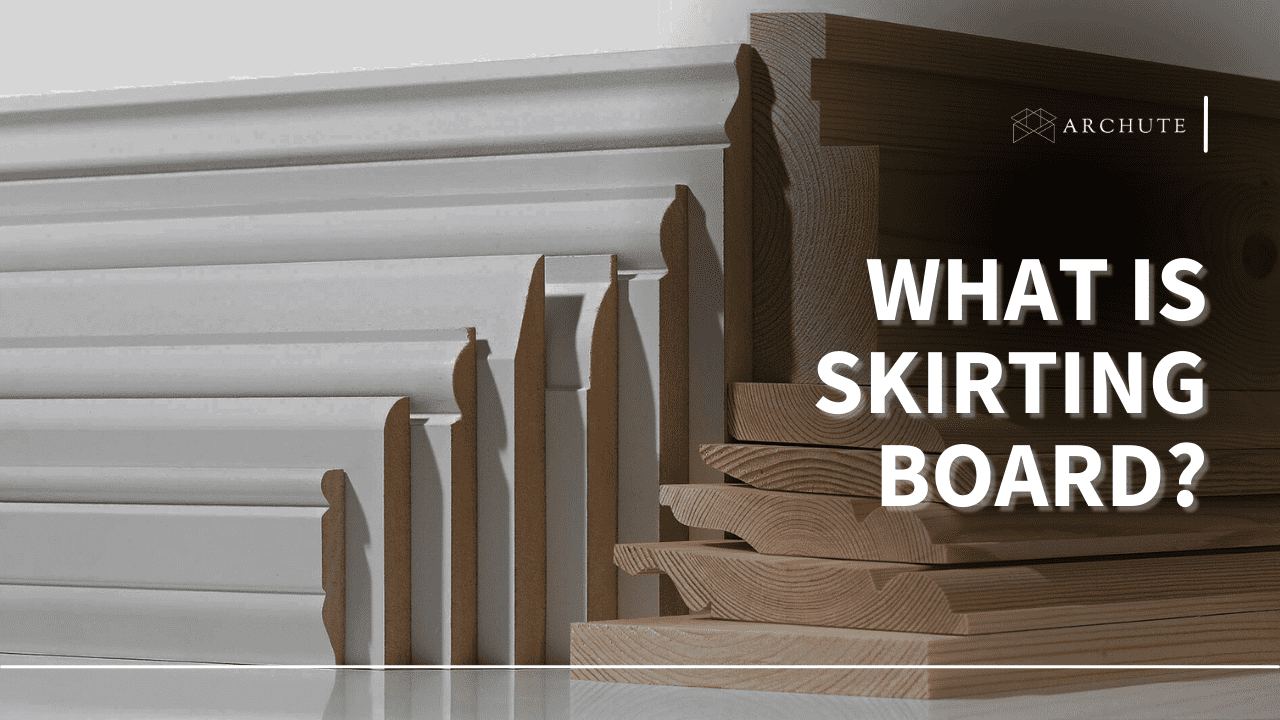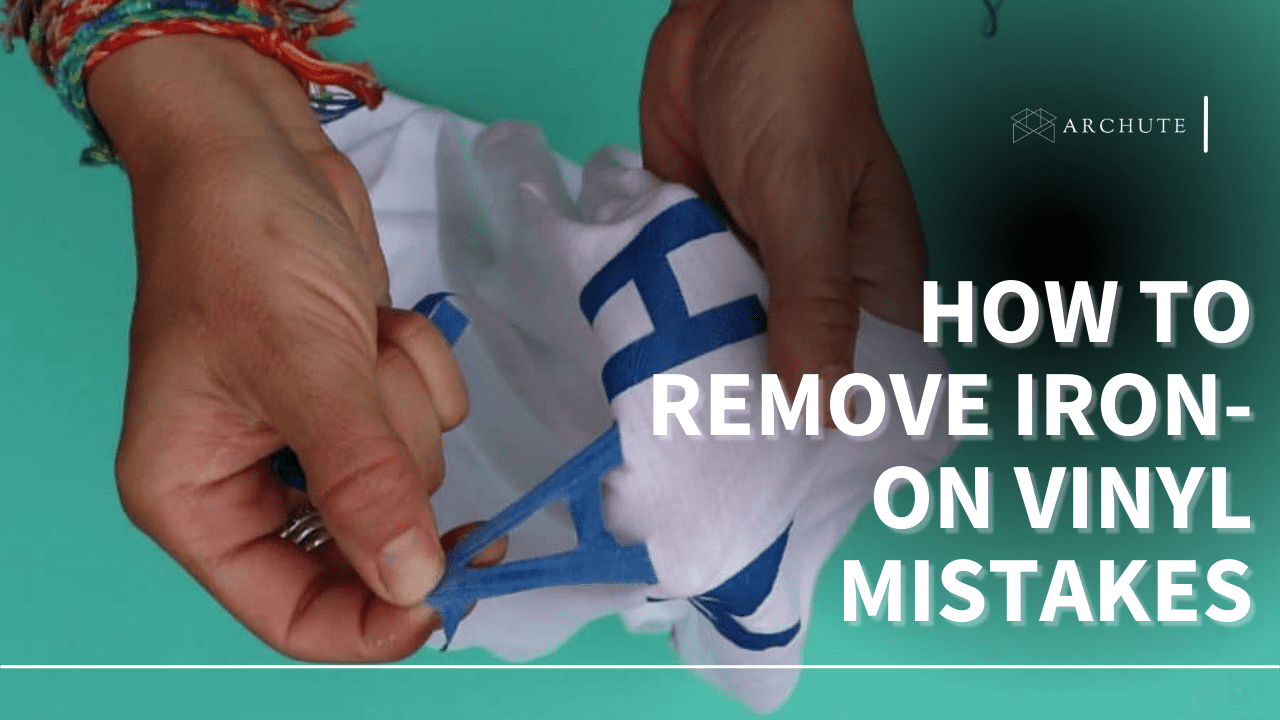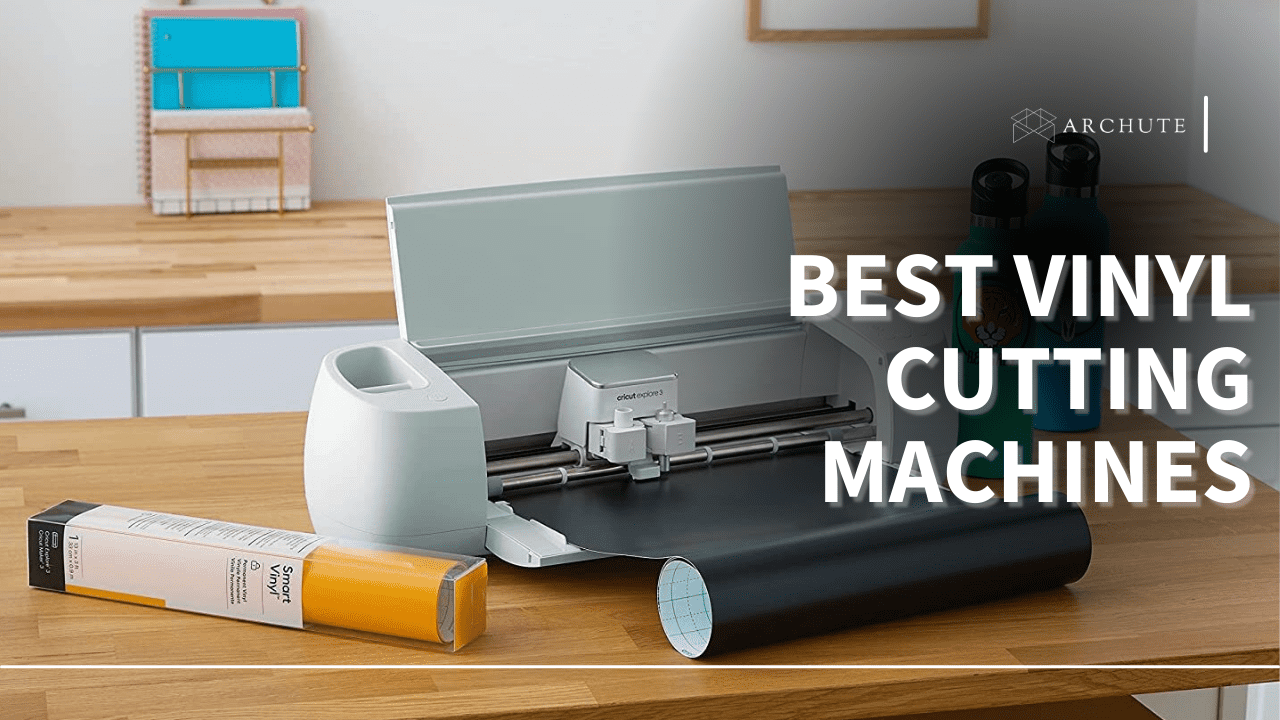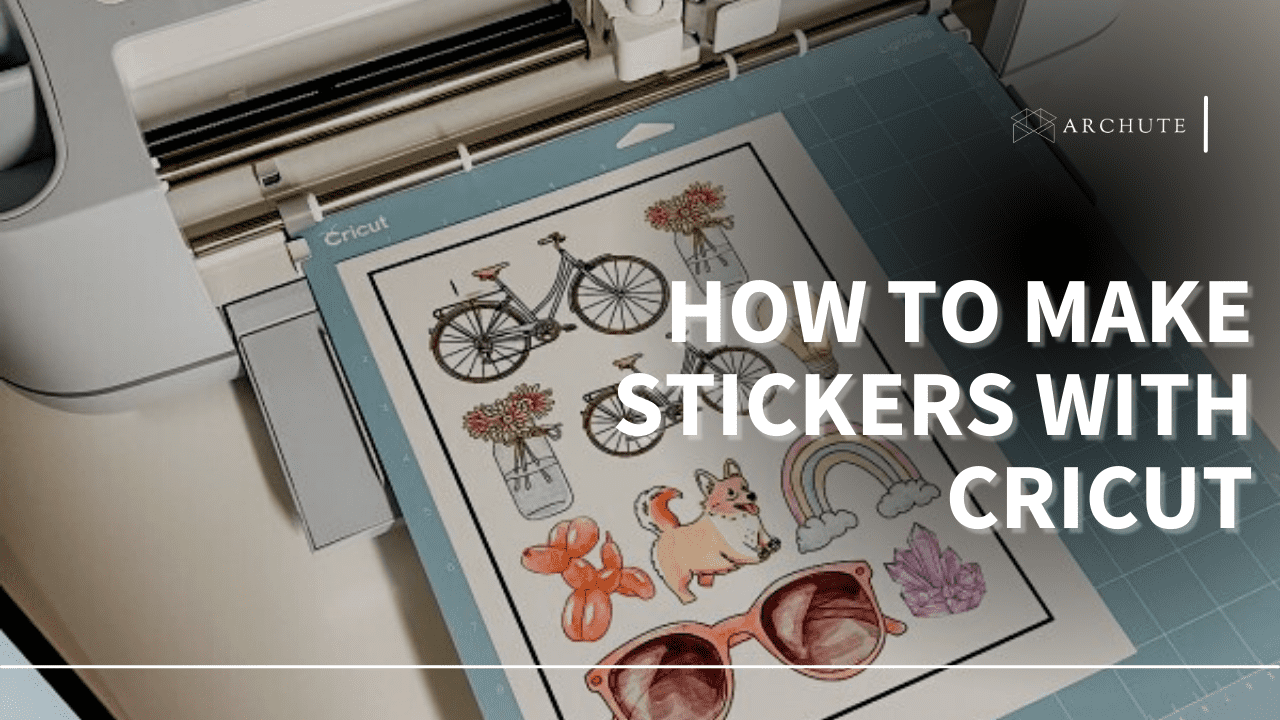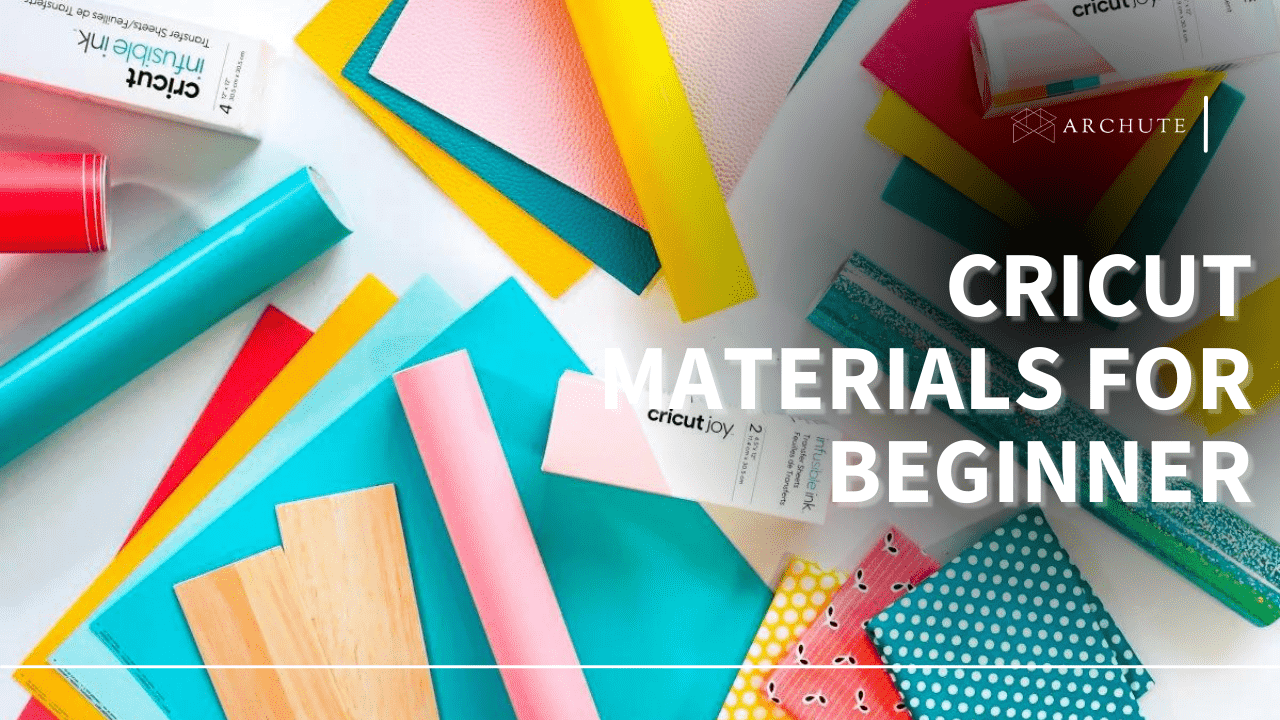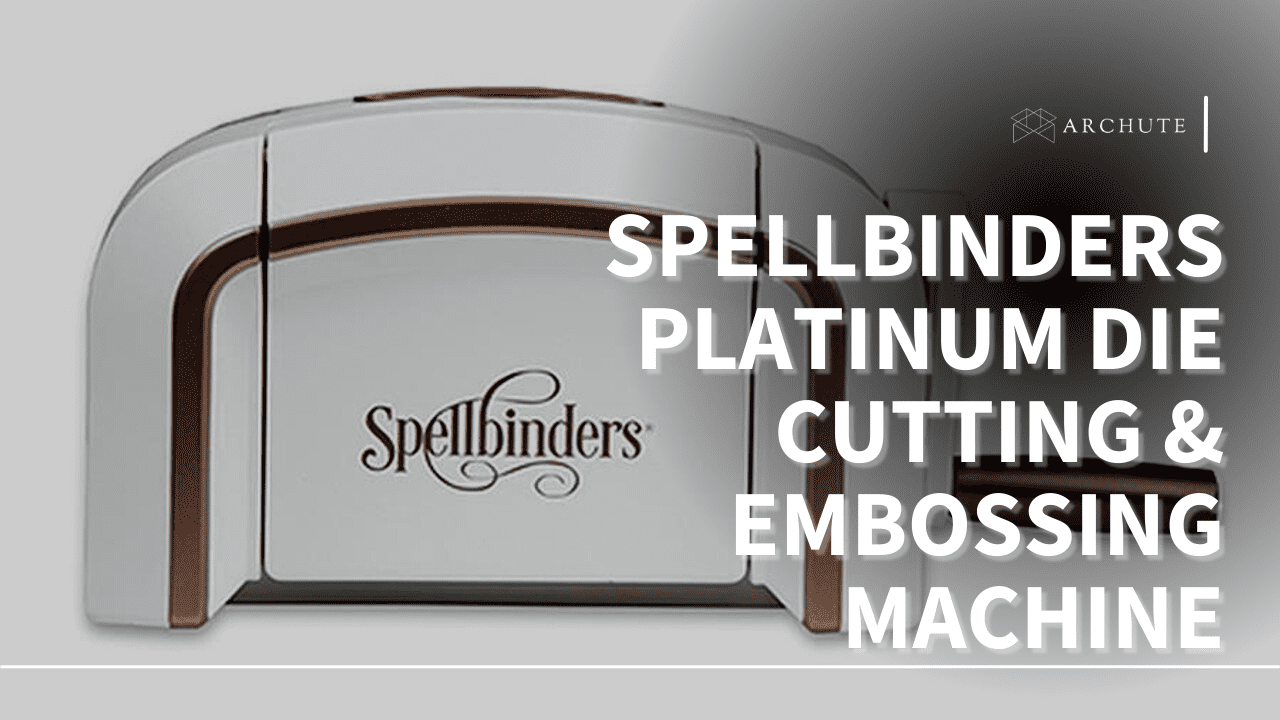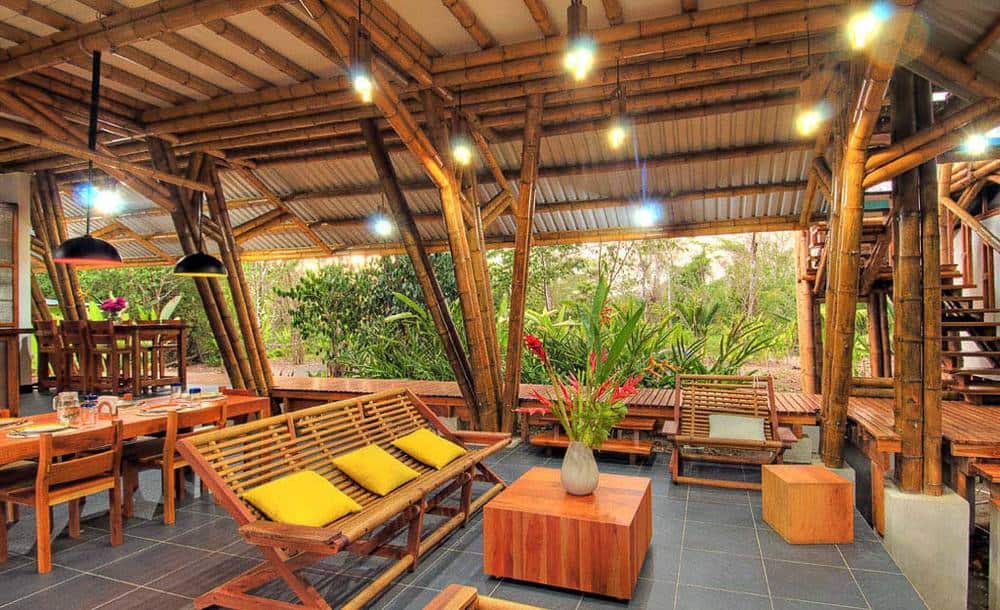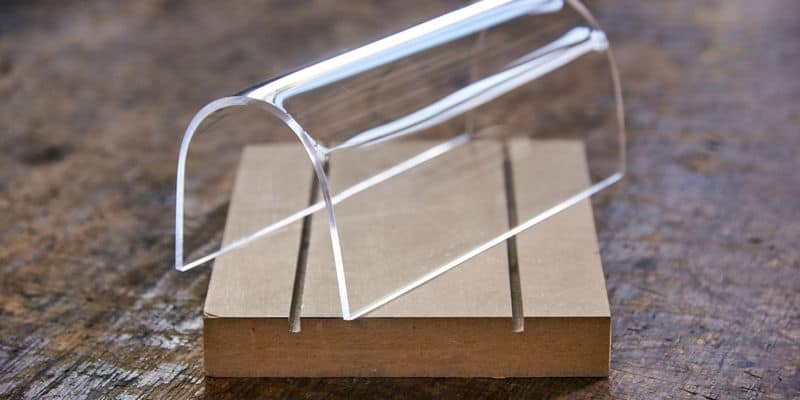Baseboards also referred to as skirting or mopboards, are essential aspects of interior design that rarely attract people’s attention. This is the last component in interior design since it gives a professional touch to a room besides protecting the walls from marks.
In this article, you will learn more about skirting boards, their function, their kinds, and materials, as well as some useful pieces of advice on how to choose the right one for enhancing the look and effectiveness of any room.
Let's get started!
What Is Skirting Board?
Skirting boards are also referred to as baseboards, mopboards, floor molding, or kickboards and are installed at the base of interior walls in a building.

Image Credit: homecrux.com
Skirting boards are not just a decorative feature but also serve a practical purpose: they protect the interior wall from being marred and scratched by pieces of furniture, vacuum cleaners, and other such household items. Skirting boards are produced with various materials, profiles, and types of finish, which allows using them as a contrasting element that can fit any interior design.
Skirting boards used to be made of timber and were usually several inches in height. They were often exquisitely decorated and were an object of art and design unto themselves. Skirting boards can be manufactured from MDF, PVC, aluminum, and traditional wood. The thickness of skirting boards also differs, with contemporary models being just half-an-inch thick.
What Are the Reasons for Skirting?
1. Creating a Smooth Transition
The primary purpose of fitting skirting boards is to ensure continuity from the wall to the installed wood floor. If you do not have skirting boards, there may be a gap between the two surfaces, which is ugly and may not be easy to clean. Moreover, skirting boards are useful for covering the walls from the impact of furniture or shoe nails.
Skirting boards can absorb some of the shocks in situations where furniture is moved or roughly pushed against the wall, which prevents the wall from getting damaged by scratches or dents.
2. Hiding Any Imperfections
Another justification for the use of skirting boards is to try and cover up any irregularities that may be on the wall or on the floor. Periodically, walls might have small crevices that might be hard to repair or areas that might have minor irregularities. These are some of the reasons why skirting boards can be used to improve the appearance of walls as they cover such imperfections. Skirting boards can also conceal any gaps on the ground or between the wall and the floor which may have resulted from variations in heights of the floor or the wall.
3. Creating a Decorative Finish

Image credit: intrimmouldings.com.au
Baseboards can also add ornamentation to a room. Skirting boards come in various designs and models, from plain to more stylish and fancy ones. Selecting a good skirting board for a particular room can improve its appearance and make it more harmonious, thus making it look beautiful. The skirting boards can be painted or stained in a hue similar to the color of the wall or to make a statement of difference.
4. Reduce Dust and Dirt
The practical advantage associated with skirting boards is that they effectively prevent dust from collecting in a room. If skirting boards are not fixed, dust and dirt may easily accumulate in the space between the wall and the floor, which is rather difficult to clean. They can further help prevent this since they form a barrier between the two surfaces, thus minimizing the amount of dust and dirt that can infiltrate into the gap.
5. Improve on Insulation
However, besides their practical and ornamental uses, they are also useful for increasing the insulation and soundproofing of a room. Skirting boards also serve as a barrier between the wall and the floor and can help minimize drafts and loss of heat. Skirting boards can also aid in soundproofing and the level of sound passing through the walls.
6. Increase the Value of Your Property
Door frames, along with other types of skirting boards, improve the looks of a property as well as its quality, thus increasing its value. This is particularly relevant if you want to sell your property. The potential buyers will be attracted by a well maintained house that has a good quality finish.
7. Protect the Walls From Moisture
They may prevent walls in areas such as the kitchen or bathroom where there is a lot of moisture from being damaged by water or dampness. It should also be noted that the skirting boards serve as the walls-floor barrier, which ensures that the moisture does not penetrate the walls and cause damage.
8. Hide Cables and Wires

Image credit: listwy-cezar.pl
Many homes need to conceal the current cables and electrical wiring. Recommendations Most contractors recommend fitting skirting boards that hide these cables and wires to make the room look neat. This can help prevent tripping accidents and assist in maintaining the cleanliness of the room. Skirting boards are important and useful in any home improvement project, whether you are doing it yourself or hiring a contractor.
Types of Skirting
Here are some of the common types of skirting boards available:
1. Bullnose Skirting
It has a rounded edge on the top and bottom, which makes each of these skirting boards uniform. Bullnose skirting boards are mostly used in traditional or classic types of stying, where elements of deeper ornamentation are used. They are normally carved from solid wood and, as such, can be varnished to match the color of the room.
2. Wooden Skirting

Image credit: self-build.co.uk
This type of skirting board is among the most common and has been used for many decades in structures across the globe. Thanks to its solidity, sustainability, and exquisite appearance, Teak wood can be effectively used in any interior design. The type of wood to be used, the style and design of the skirting board, and the practical necessities of the gaping space should guide one in selecting wooden skirting boards.
3. Torus Skirting

Image credit: loveskirting.co.uk
This kind of skirting board has a rounded top edge and is flat at the base or bottom part. It is commonly incorporated in traditional or classic designs that call for a more elaborate look and feel. Torus skirting boards are typically made of solid wood; thus, they can be painted or stained depending on the homeowner’s choice of color scheme for the room.
4. Pencil Skirting
Pencil skirting is another name for a skirting board characterized by its slim appearance. It is frequently applied in contemporary and high-tech styles as it leaves no cosmetic trace in the interior. Pencil skirting boards are usually produced from MDF or other manufactured wood products because such products are cheaper and easier to maneuver than solid wood.

Image credit: howarth-timber.co.uk
They are available in various finishes, including plain white or black, natural wood grain, or painted in any color to match the room's decor.
5. Rustic Skirting
This type of skirting board has a non-smooth and non-even surface texture that seems more natural and rustic. This material is commonly employed in country or rustic design settings where an organic feel is preferred. Such skirting boards are made from scraps of wood and may be left in their raw state or painted in colors that blend with those of the other furniture in the house.

Image credit: etsy.com
6. Flush Skirting
Flush skirting is a skirting board that is installed adjacent to the wall and has a very neat appearance since it does not project outwards. It is commonly constructed from MDF or another type of engineered wood product. It is available in a natural wooden finish, plain white, or black, or can be painted to match or blend with the interior of the home. This could be an ideal product for those contemporary and minimalistic interiors where one wants to achieve a sleek and subtle skirting board.

Image credit: archdaily.com
7. Molded Skirting
This type of design has a top rail with the panel’s decorative molding, such as a dental or egg-and-dart, spanning its length. It is most commonly applied to traditional or classic designs in which a more stylized elaborated pattern is required. The molded skirting boards are commonly made from solid wood and, therefore, may be varnished or stained to fit the interiors of the home.
8. Double-layer Skirting

Image credit: skirtingsrus.co.uk
Double-layer skirting comprises two layers with the most common being MDF or other engineered wood. The base layer is the thicker layer attached to the wall, and the decorative layer is the thinner layer attached to the base layer. The base layer of double-layer skirting is thicker than that of other skirting boards to enhance its durability and ability to withstand impacts.
9. Flexible Skirting
This type of skirting is flexible and can be made from materials like rubber or many PVC boards that can be shaped to hug the wall. It is commonly applied to curved or undulating walls where the conventional rigid skirting board does not easily fit. Normal skirting boards come in different designs and can be easily painted to complement the color of the room.

Image credit: ebay.co.uk
Factors to Consider When Choosing a Skirting Board
Finding the ideal skirting board for your home can seem daunting. There are many styles and materials, and it can take time to know where to start. But don't worry – we're here to help. Here we'll explain everything you need to know about skirting boards to make the best choice for your home.
Skirting boards are a vital part of any home. Not only do they add an extra layer of protection against dirt and moisture, but they also give your home a finished look. When choosing skirting boards, there are things to remember, including style, material, and installation. Let's look at these factors to make the best choice for your home.
1. Consider the Style of Your Home

Image credit: intrimmouldings.com.au
The first aspect that one should consider when it comes to the selection of skirting boards is style. Would you prefer something antique or something contemporary? What kind of atmosphere are you trying to achieve in your house? The answers to these questions will assist you in making a decision and choosing the best skirting board for your home.
Skirting boards are also known to blend or contrast with the rest of the designs in your home. Hence, the architectural style of the home such as the period it was constructed, the shape of the room, and height of the ceiling must be put into consideration.
For instance, if your home has a traditional look, you might opt for more traditional-shaped skirting boards, like Victorian or Georgian designs. On the other hand, if your house is modern, simple and smooth, skirting board designs such as square or chamfered profiles may suit you best.
2. Consider the Color and Finish
Your skirting boards’ color and finish can also change the appearance and feel of your room drastically. Many skirting boards are available in standard colors like white, cream and natural wood finish. If a particular color is preferred, then it is also possible to paint the skirting boards in the color of your preference.
The other aspect that you ought to look at when choosing your skirting boards is the finish. The most common skirting board finishes available are matte and gloss. Matte finishes give a slightly more plain appearance whereas gloss finishes lend a slight air of elegance to a room.
3. Common Materials for Skirting Boards
The third dimension to look at is material. There are different types of skirting based on the material used; it can be wood, plastic, or metal. Each kind of material has its advantages and disadvantages, so it is better to think about what is more important for you. For instance, when choosing a material, one may select plastic if he/she desires an item that is easy to clean.
Wood may be the better option when it comes to the selection of the most appropriate skirting board, which can create an appropriate atmosphere in any home.
4. Determine the Height of the Skirting Board
Other important parameters include the height of the skirting board. The normal height of skirting boards ranges from 70mm to 150mm, though some homes may warrant the use of taller skirting boards for a more imposing look. Taller skirting boards can also make a room appear more classy, especially in homes with high interior roof designs.
However, the author should consider that the height of the skirting board should be proportional to the size of the room. In small rooms, high skirting boards can be entirely out of proportion and provide the impression of limited space. On the other hand, small skirting boards in big rooms might seem rather odd and shorten the general effect.
5. Choose the Installation Method
Based on the type of material used for the skirting board, it can be quite simple or challenging to fix. If it makes you feel squeamish, then it is better to let other people do it. However, adding skirting boards is more cost-effective if you decide to do it yourself with some basic carpentry tools. There are numerous videos on YouTube that show how to install skirting boards.

Image credit: thecarpentersdaughter.co.uk
There are two primary methods of installation: adhesive and nail.
Adhesive fixing entails fixing the skirting board on the wall with a specific adhesive. This method is fast, convenient, and clean, which is why many people prefer it when working on a particular project. However, it is not as secure as nailed installation especially if you have a heavy or solid skirting board.
Nailed installation entails fixing the skirting board onto the wall through the use of nails or screws. Compared to adhesive installation, this method is more secure and durable; therefore perfect for areas with heavy traffic or families with children and pets. Nonetheless, it may be more difficult and require more time to put in place, especially if you are not a do-it-yourself person.
6. Choose the Profile
The profile of the skirting board has to do with its shape or design. There are various types such as square, rounded, chamfered, ogee, and torus. Your profile depends on your personality, the design of your house and the sort of architectural design you want to adopt.

Image credit: machells.co.uk
Chamfered profiles are similar to square shapes, but the edges here are rounded slightly. This design can also enhance a room's aesthetic value and is thus appropriate for modern and minimalist interior design.
Last but not least, the edge of a torus is rounded, and the overall form is convex. When placed in a room, it will look cute and playful. They are ideal for use in homes that may have a carnival or fairy tale theme.
Frequently Asked Questions on Skirting Boards
a) What is another name for a skirting board?
In some parts of the world, a skirting board may be called a "baseboard" or a "kickboard." These terms are commonly used in the United States and Canada and refer to the skirting board.
Other alternative names for skirting boards may include "mop boards," "floor molding," or "wall base." These terms are also used interchangeably in different regions and contexts, but they all describe the same interior design element.
b) What type of skirting is best?
It is always fashionable to be natural; FJ Pine makes the most economical and environmentally sound decision if you want genuine wood. However, hardwood is the best if you are going for a traditional appearance with stained or naked wooden skirting.
This is the case since hardwood is known for being strong and attractive to the eye. This kind of wood is used when you wish to present a natural appearance and allow the timber to speak for itself.
c) What materials are used for skirting?
Some common types of skirting boards are MDF skirting boards, which are widely used because they are relatively cheap, easy to fix, and have a smooth surface; Wood skirting boards; PVC (Polyvinyl Chloride) skirting boards; and Aluminum, Stone, and Ceramic skirting boards, which are more decorative than the former.
d) What is the standard size of skirting?
The standard size of skirting can vary depending on the country and region. In general, the most common skirting size is between 3-5 inches (7.6-12.7 cm) in height, with a depth of 3/4 inch (1.9 cm) to 1 inch (2.5 cm).
However, smaller and larger sizes are available, such as 2 inches (5.1 cm) and 7 inches (17.8 cm). Ultimately, the skirting size will depend on personal preference, the room's style, and the ceiling's height.
e) How thick is a skirting board?
The thickness of a skirting board also differs depending on the material and the type of the particular product. Typically, skirting boards are between 12mm and 25mm (between 0. 5 inch and 1 inch) in thickness.
Of course, some skirting boards can be thicker or thinner than this range, depending on the manufacturer and the design. However, for accurate measurements, it’s better to look at the specifics of the particular skirting board being used.
f) Can you use tiles as skirting?
Yes, tiles can be used for skirting. There are various benefits of using tiles even for skirting. Skirting with tiles has several advantages over conventional skirting materials such as wood or PVC since tiles do not absorb water and are not affected by water and moisture in any way, which makes skirting tiles suitable for use in kitchens or bathrooms.
Moreover, tiles are extremely hard and sturdy, and they cannot easily get scratched, dented, or damaged in any way by the various skirting types.

